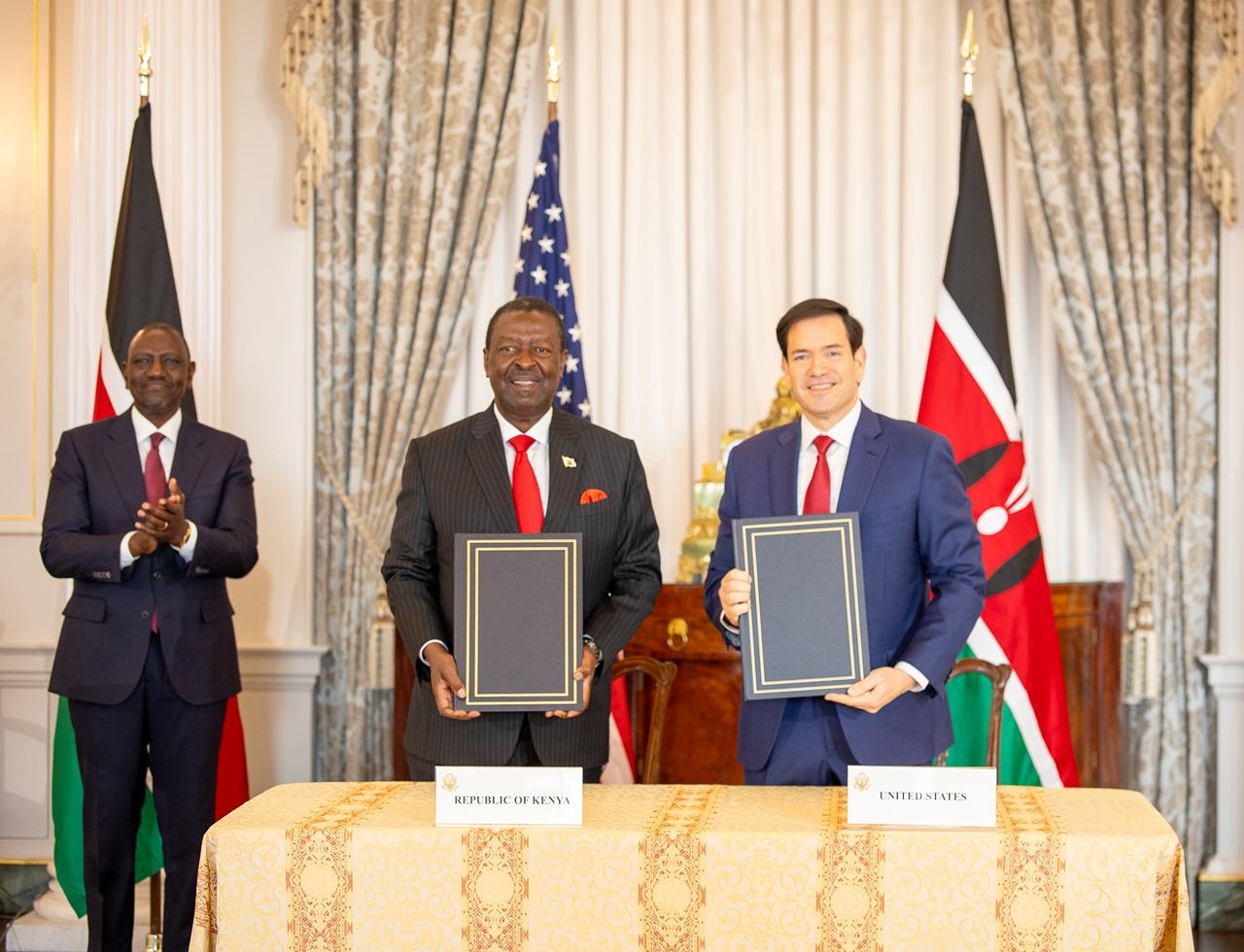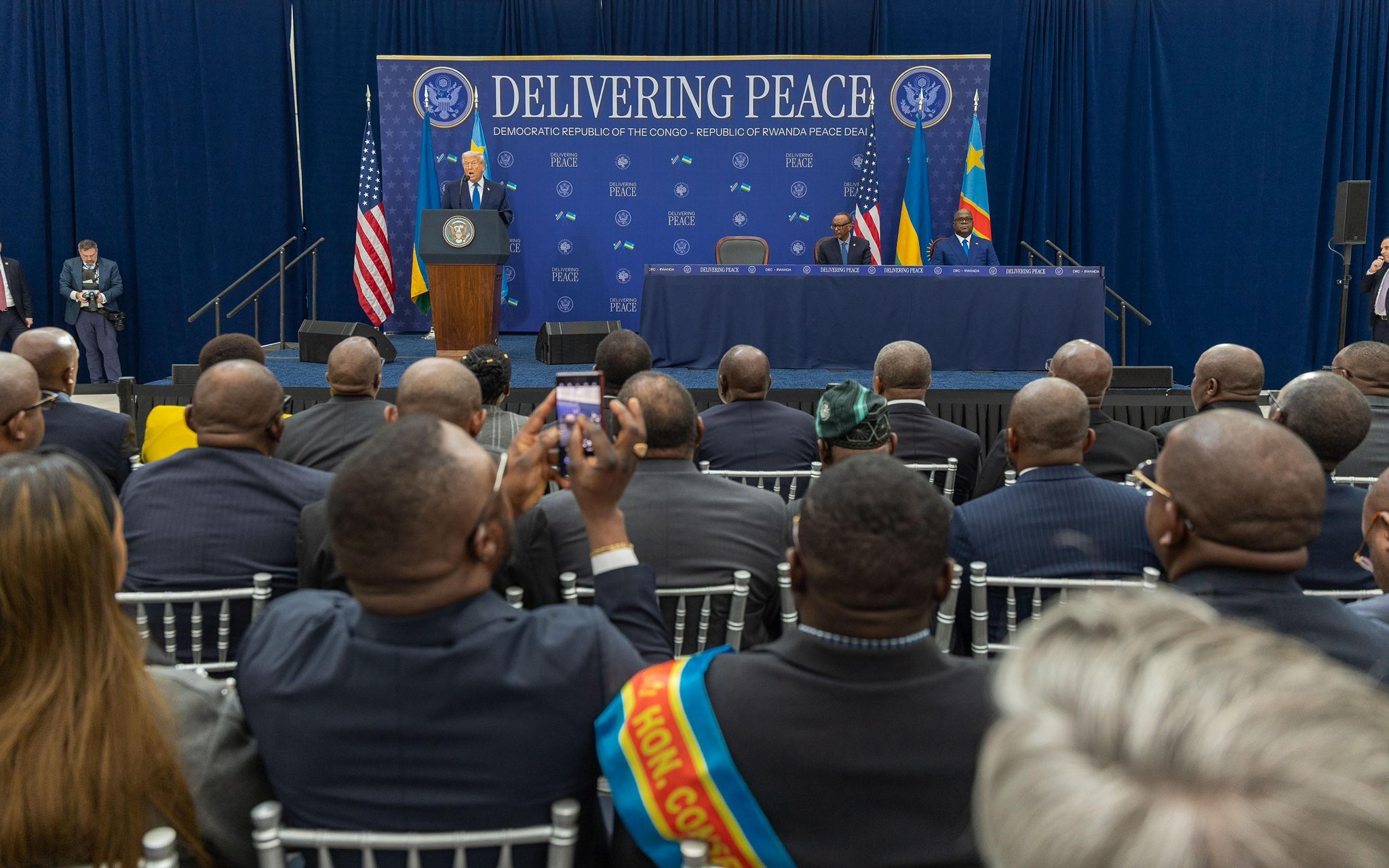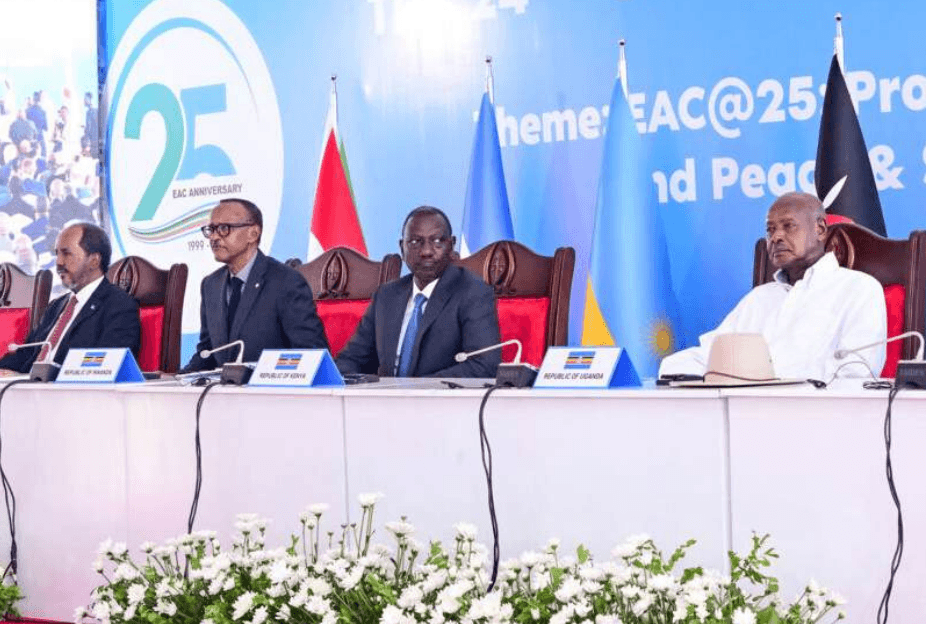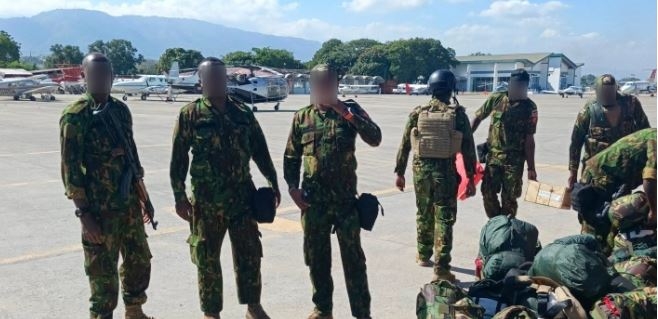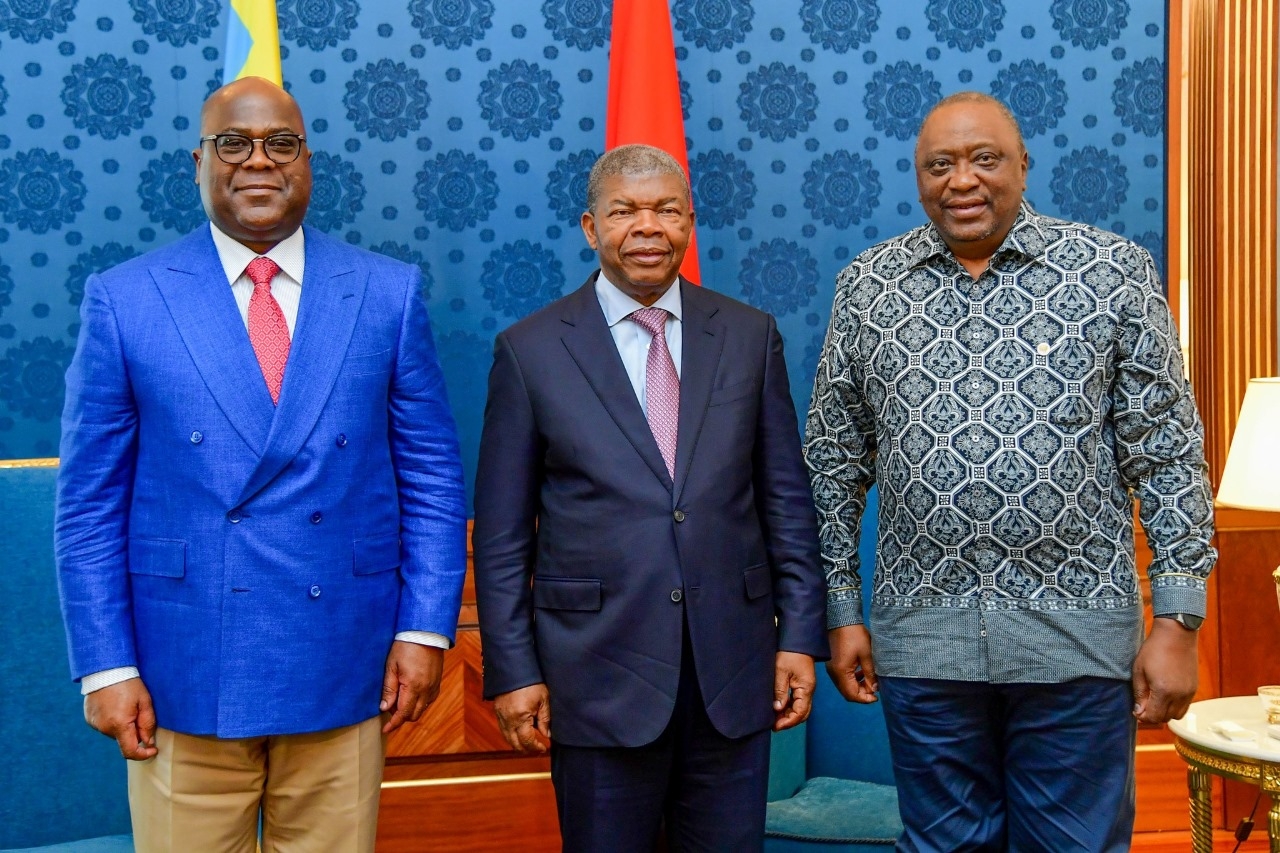

Efforts to resolve the nationwide lecturers’ strike hit a dead end on Thursday despite the government’s commitment to avail Sh4.3 billion to implement their pay rise.
The lecturers, through their union, want a clear roadmap from the government on how to settle the remaining Sh5.4 billion before going back to class.
This means there will be no learning in public universities as government engaged the unions on the balance. It will cost taxpayers Sh9.7 billion to fully implement the return-towork formula that was negotiated by the inter-ministerial team.
The nationwide strike, led by Universities Academic Staff Union has disrupted learning in all public universities in the country.
National Assembly’s Education Committee had convened a meeting of the inter-ministerial team to find an end of the industrial action.
The inter-ministerial committee had the Ministry of Education, Ministry of Labour and the National Treasury. The negotiation team also had Public Universities Councils Consultative Forum of the Federation of Kenya Employers (IPUCCF) and three unions.
The unions were UASU, Kenya Universities Staff Union and Kenya Union of Domestic, Hotels, Educational Institutions and Hospitals Workers.
UASU Secretary General Constantine Wasonga insisted the government must commit in writing on how to clear the Sh5.4 billion balance to implement the return to-work formula.
“The strike is on until we get the Sh9.7 billion, we have taken the Sh4.3 billion and the government must tell us how we are getting the Sh5.4 billion and it will not be done verbally,” he said.
The Sh4.3 billion offer is an effort by the government to resolve the impasse. Students and parents have voiced growing frustration with the ongoing strike, calling on both parties to come to an agreement.
“I want to tell UASU members, strike until you get money in your bank account,” Wasonga said.
He spoke during a meeting with the National Assembly’s Education committee that is midwifing a truce between the unions and the government.
According to Wasonga, UASU is ready to get the dons back to lecture halls immediately the government agrees to their proposal to clear the Sh5.4 billion in two equal instalments.
This is the closest the committee chaired by Tinderet MP Julius Melly has come to inking a deal between the two unions and the government.
Committee chairman Julius Melly urged the government and the unions to meet immediately and agree on the payment plan for the Sh5.4 billion to pave the way for the resumption of learning.
“We are directing that you retreat and hold the negotiation so that the strike can be called off, we want to see lecturers going back to the universities,” he said.
The lawmakers also lauded UASU of climbing down and agreeing to engage the government with a view to finding a solution to the stalemate.
The government was represented in the talks by Higher Education PS Beatrice Inyangala and her Labour counterpart Shadrack Mwadime.
Siaya Woman Representative Christine Ombaka urged the government to demonstrate goodwill at the negotiation table to end the strike.
“I see there is light at the end of the tunnel, we need to know when the balance of Sh5.4 billion will be settled,” she said.
Mandera South MP Haro Ebrahim urged the parties to consider the bigger picture during the negotiation and ensure learning resumes in universities.
“There must be level of give and take. The compromise should be that the ministry commit on how to raise the Sh5.4 billion, at the same time the Sh5.4 billion should not be the reason for UASU not to call off the strike,” Haro said.
As the standoff continues, pressure mounts on the government and UASU to come up with a solution. Last week, Busia Senator Okiya Omtatah urged the government and lecturers to resolve the strike.
He said the students are the hardest hit as the strike continues to disrupt academic activities, taking a toll on them mentally and emotionally.
“The students, unfortunately, remain the most affected by this deadlock. Many are confined to campuses with no access to classes, food or essential support, leaving them vulnerable and frustrated,” Omtatah said.


